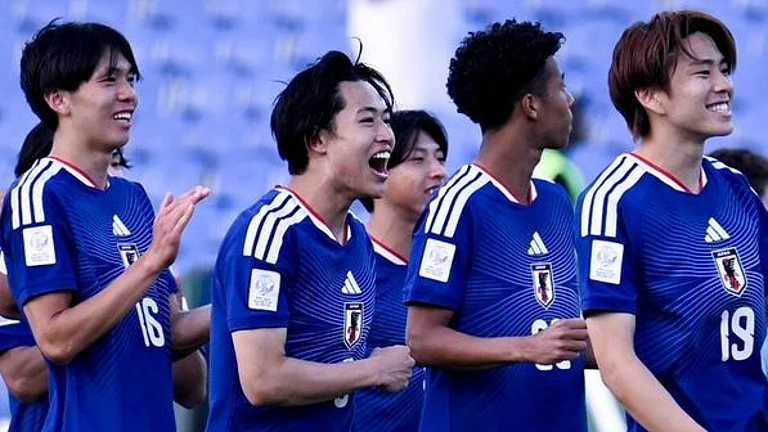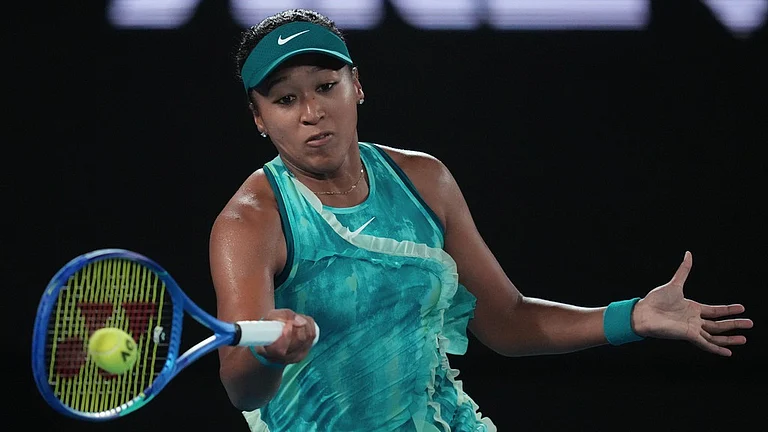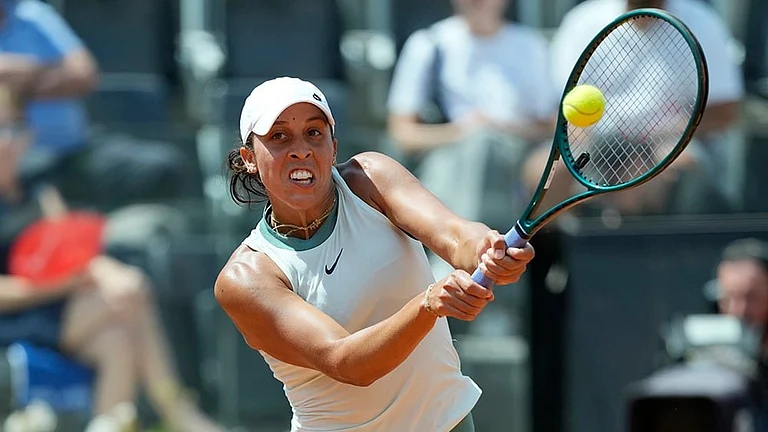On March 9, 1999, former Trinamool Congress MP Krishna Bose said, “Parliament is like an all-male club and I feel like an unwanted intruder”. The rare presence of women MPs in Parliament during the early days of democracy was truly reflected in the words of Bose. But the situation is hardly different in 2023.
According to the Inter-Parliamentary Union League’s table on women’s representation, as of January 2022, India ranks 140 among 196 countries. While the percentage of women presence in the Loksabha is currently around 14% - the highest since independence - it stands far below the global average of 26.5%. And if it comes to the representation of the marginalised women, it merely exists.
Among 131 reserved seats for SC/STs in current Loksabha (84- SCs, 47- STs), only 20 are women- a staggering 15.2%. As the OBCs don’t have any reservations either in the Parliament or in the state assemblies, their representation is dismal. Against this backdrop, as the Women’s Reservation Bill is placed on the table of the Loksabha promising 33% reservation to the women, the debates over the representation of marginalised women have again taken the political centre stage.
Caste Arithmetic: What will the SC/ST women get?
The bill known as the 128th Constitution Amendment Bill, 2023, as cleared by the union cabinet seeks to insert clause (1) in Article 330 A that would ensure one-third reservation for women in the ‘House of the People’. Adding to that the next clause reads, “As nearly as may be, one-third of the total number of seats reserved under clause (2) of Article 330 shall be reserved for women belonging to the Scheduled Caste or the Scheduled tribes.” Article 330 of the constitution provides reservation to the SC/ST communities in the Parliament.
If one breaks down the legal complexities into simple words, the caste arithmetic says that SC/ST women would get one-third of their total reserved share. For example, currently, Loksabha has 84 seats reserved for the SC communities. If the WRB is implemented, SC women would get 28 seats. In a similar manner, the number for the ST women would be 16 as the total seats reserved for the community is 47. Definitely, it is a welcome move given the poor ratio of current representation, as shown above.
Currently, there are 20 SC/ST women against a total of 78 women MPs in the Loksabha. This accounts for nearly 25.6%. However, if women are being elected only from their one-third reserved seats, the total number of women in the lower house, after the implementation of WRB would be 181 and the total number of SC/ST women (28+16) would be 44 accounting for around 24%.
If one goes by the popular trend and the way patriarchal political parties distribute the tickets, it becomes clear that the percentage of SC/ST women against the total number of women MPs in Loksabha will remain almost the same.
Notably, as per the data from Loksabha, in 2019, the overall women's candidature stood at 9%.
However, Bahujan Samajwadi Party (BSP) chief Mayawati who has been vocal about the sub-quota for SC/ST women for decades, lately took a U-turn and said that her party would support WRB even if the government is not giving ‘quota within quota’ as demanded. Earlier, she said that the SC/ST quota should be left untouched and the marginalised women should be given reservation from the overall women quota.
No quota for OBC and Minority Women
While the absence of sub-quota for SC/ST women is a matter of concern, the absence of quota for OBC and minorities would make it more difficult for the marginalised women to raise their voices. Samajwadi Party (SP), Rashtriya Janata Dal (RJD) whereas since its inception have been asking for the representation of OBCs and minorities, Congress has also now joined the chorus.
In India, due to the absence of a caste census, though the actual number of OBC population is not known, the data from different sources like the school enrolment data by United District Information System for Education Plus (UDISE+) pegs the OBC population at around 45%. As per the estimation of the Mandal Commission the OBC population at that time stood at around 52%. In such a situation, the absence of reservation for OBC women certainly brings flak from the opposition.
Congress president Mallikarjun Kharge while addressing the house said, “The backward classes may suffer in this because unless the Constitutional amendment provides one-third quota to the OBCs, their women will not benefit from it. If you don’t do that, it will amount to injustice to the backward classes.”
The debate over representation of OBC women has always been pitted against feminist concerns of the upper caste women. A renowned scholar of caste, Gail Omvedt in 2000 while writing about the conflict between feminist interest and OBC reservation noted how “it seemed to set (mainly upper caste) feminists against (mainly male) OBC leaders.”
Referring to the lack of space for intersectional inclusion, sociologist Rukmini Sen says, “The clause of the reservation is included in Articles 330 and 332 along with SCs and STs. It is not separately suggesting that within this 33%, there will be reservation for SC and ST women. More importantly, OBC women are not even in the imagination. Hence clearly 27 years from when the political discourse had begun there is no intersectional inclusion rather administrative and demographic restrictions have been imposed.”
In the late 1990s, BJP leader Uma Bharti vociferously demanded the inclusion of OBCs and was even supported by some OBC leaders within the party, the claim died down with time. Feminist scholar Nivedita Menon referring to Vasanthi Raman’s works explained why there is a certain fear among the upper castes to give space to OBC and Muslims. Menon wrote in 2000, “As Vasanthi Raman points out, OBCs and Muslims, given their numerical strength as well as their social location, pose a greater threat to upper castes than SC/STs, about whom some complacency was still possible.”
In the absence of quotas for OBC and minorities, would the WRB be merely symbolic? Professor Sen says, “Representation through affirmative action can never be merely symbolic and even if it is so, it's necessary to recognise the power of symbolism. Ambedkar's anti-caste politics led to affirmative action clauses in the Constitution and any politics of representation should connect itself with those roots to emphasize that even to get that little space years of struggles had to be fought.”
However, as the House of the People is getting ready to pass the historic bill, the question of marginalised women’s voices remains unattended. When will the subalterns speak?



























